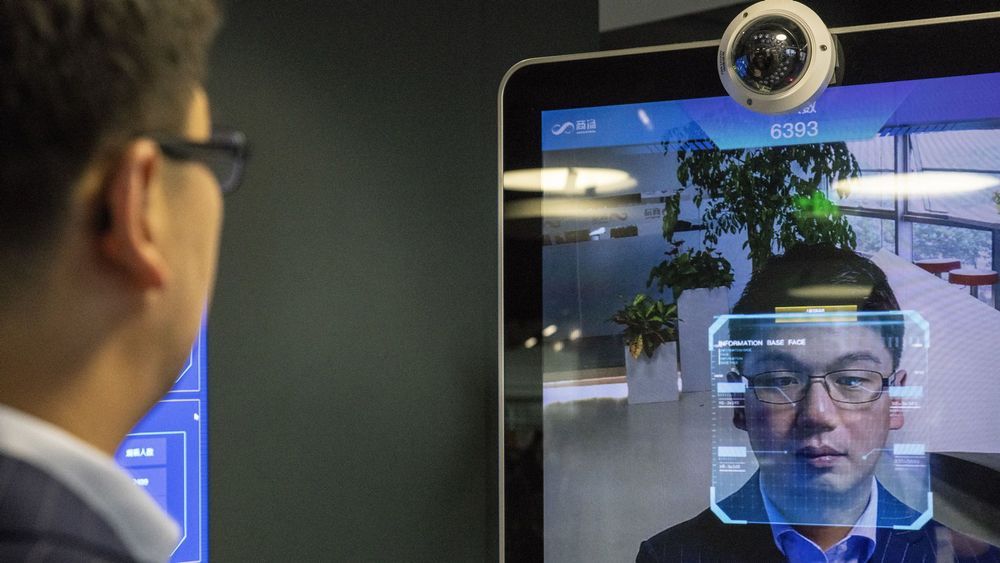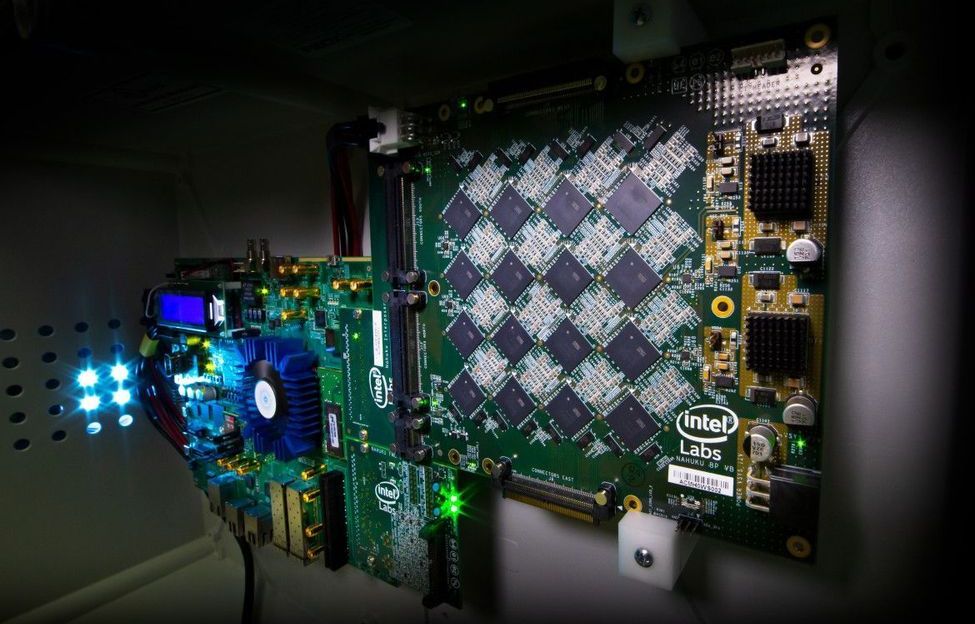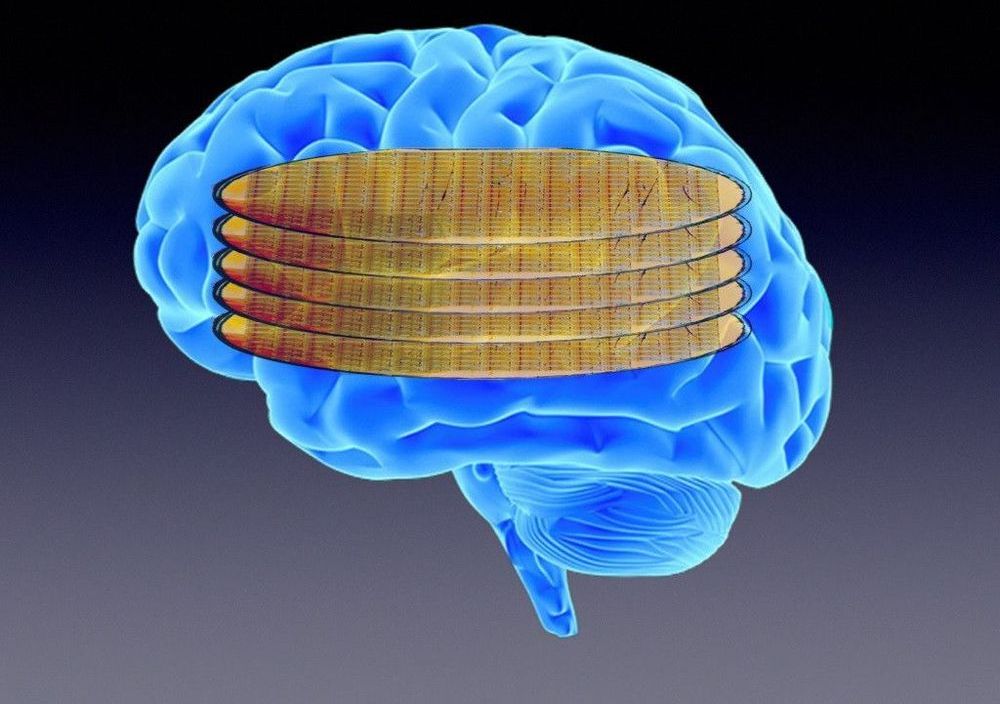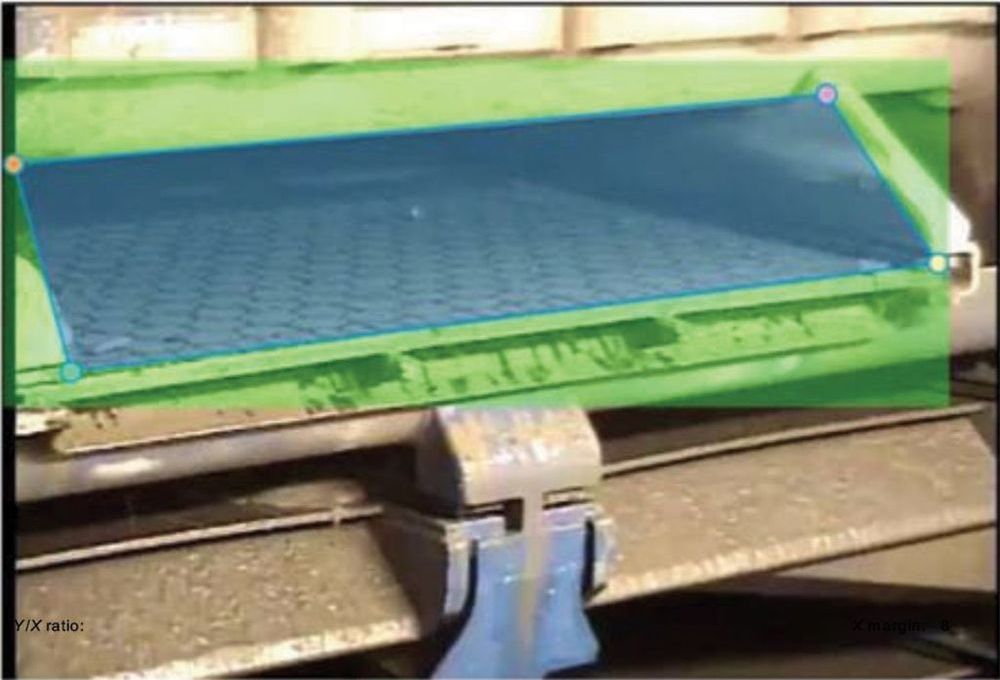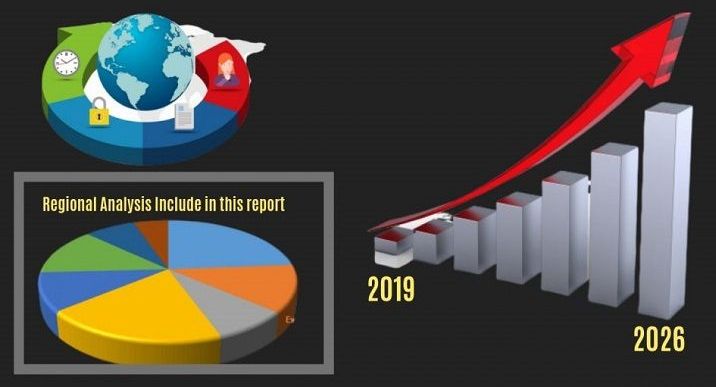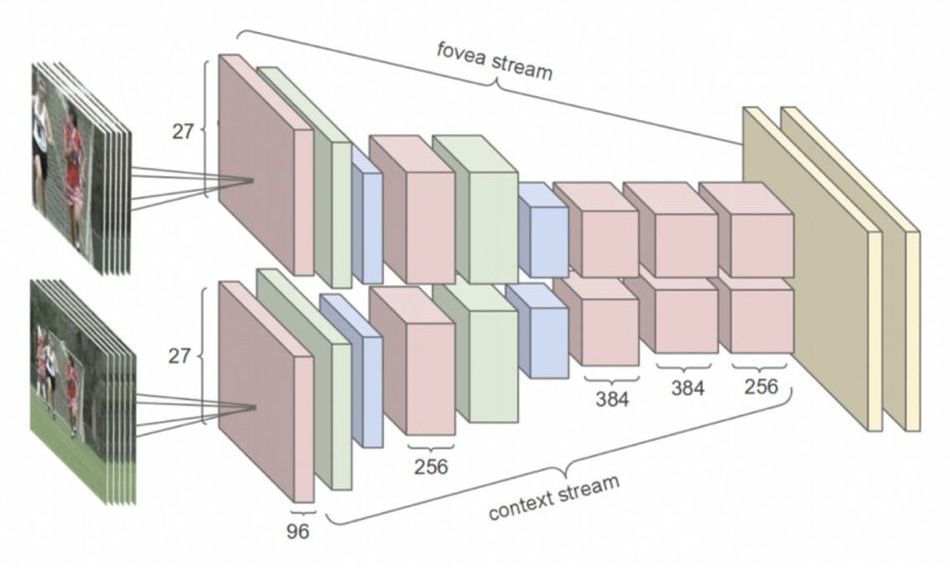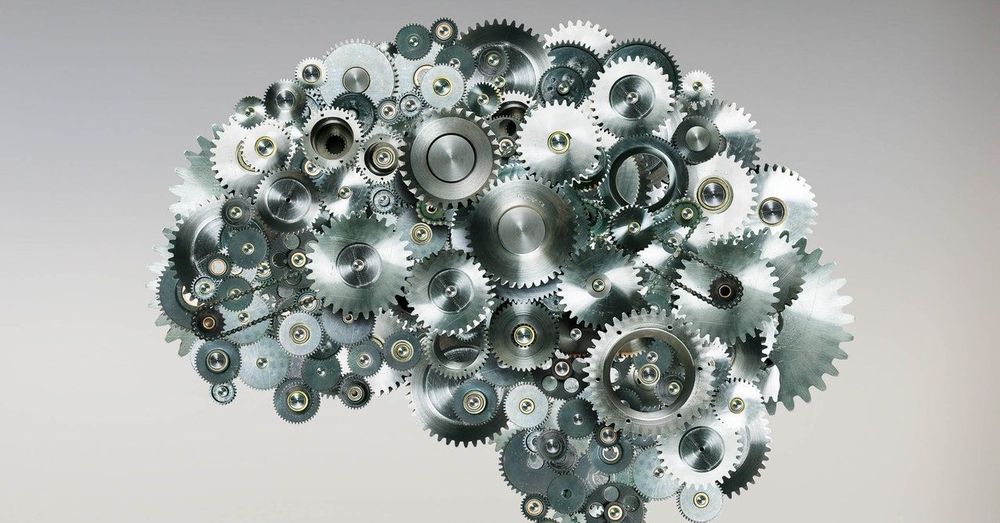May 20, 2020
Volvo Will Add Lidar for ‘Eyes-Off-the-Road’ Self-Driving Cars on Highways
Posted by Omuterema Akhahenda in categories: robotics/AI, transportation
It’s 2020. Why can’t we binge Netflix as our cars drive us down the highway? Well, we’ve made progress, but not at the pace once promised. While some cars offer automated driving modes, you’re not to take your eyes off the road or hands from the wheel. Volvo wants to remedy that.
The company isn’t promising 100% self-driving cars in the near future. Instead, they’ll make mainstream cars that reliably drive themselves on highways—totally autonomously, no human attention needed. For a brand built on safety, and in light of autopilot accidents in recent years, it’s notable the company thinks that’s possible in the not-too-distant future.
To make it happen, Volvo said this week that it would begin adding lidar to production cars in 2022. They’ll also develop self-driving software to integrate lidar, cameras, radar, and back-up vehicle control systems. Once the software, dubbed Highway Pilot, is deemed safe, it’ll be sent out as an update to customers who opt in.

